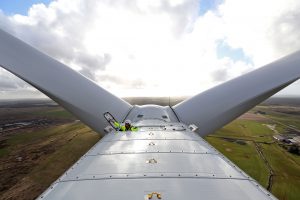 In that, as a word, scale can mean many things – as a verb, to scale is to climb. As a noun, it can signify everything from a balance to the small overlapping bony plates protecting the skin of fish and reptiles. One can even use the verb form to remove the noun form in this latter case. And then we can use a scale as an instrument to determine the weight of objects (which gets closer to our focus here). But we shouldn’t leave out the very critical uses of scale to express an arrangement of notes in a musical system in ascending or descending order of pitch. Tres important, as they say, and also indispensable.
In that, as a word, scale can mean many things – as a verb, to scale is to climb. As a noun, it can signify everything from a balance to the small overlapping bony plates protecting the skin of fish and reptiles. One can even use the verb form to remove the noun form in this latter case. And then we can use a scale as an instrument to determine the weight of objects (which gets closer to our focus here). But we shouldn’t leave out the very critical uses of scale to express an arrangement of notes in a musical system in ascending or descending order of pitch. Tres important, as they say, and also indispensable.
But the crucial sense envelopes the relative size, extent or magnitude of something. And no matter – it seems – the cheapness of fossil fuels or profitability of natural gas fracking (a walking three-word oxymoron if there ever was one) solar wind has eclipsed (ahem) former ideas about giantitude:
Standing in northern Denmark, where fjords cut through flat farmland, MHI Vestas Offshore Wind has erected the world’s most powerful turbine. The turbine produces 8 megawatts of power, enough for about 4,000 homes. It could challenge the lead in offshore wind accrued by Siemens, which has almost two-thirds of installed capacity, according to BNEF. MHI Vestas is in second place, with 19 percent.
A Siemens spokesman said a 7-megawatt turbine the company is working on has a “track record of reliability” that will reduce costs for customers. It won its biggest contract for the machine on Wednesday from the Spanish utility Iberdrola, which will buy 102 turbines valued at as much as 825 million pounds ($1.2 billion).
The 80-meter blades of the MHI Vestas V164 make the machine almost as high as the Times Square Tower in New York, and are so large that they were “a nightmare” to transport on narrow country roads, Jens Tommerup, chief executive officer of the venture, said in an interview. This prototype is built for use offshore and has been tested on land since January 2014 at the wind turbine field in Osterlid, managed by the Technical University of Denmark. The goal is to spot faults before they enter service.
Tilting at windmills, indeed.
